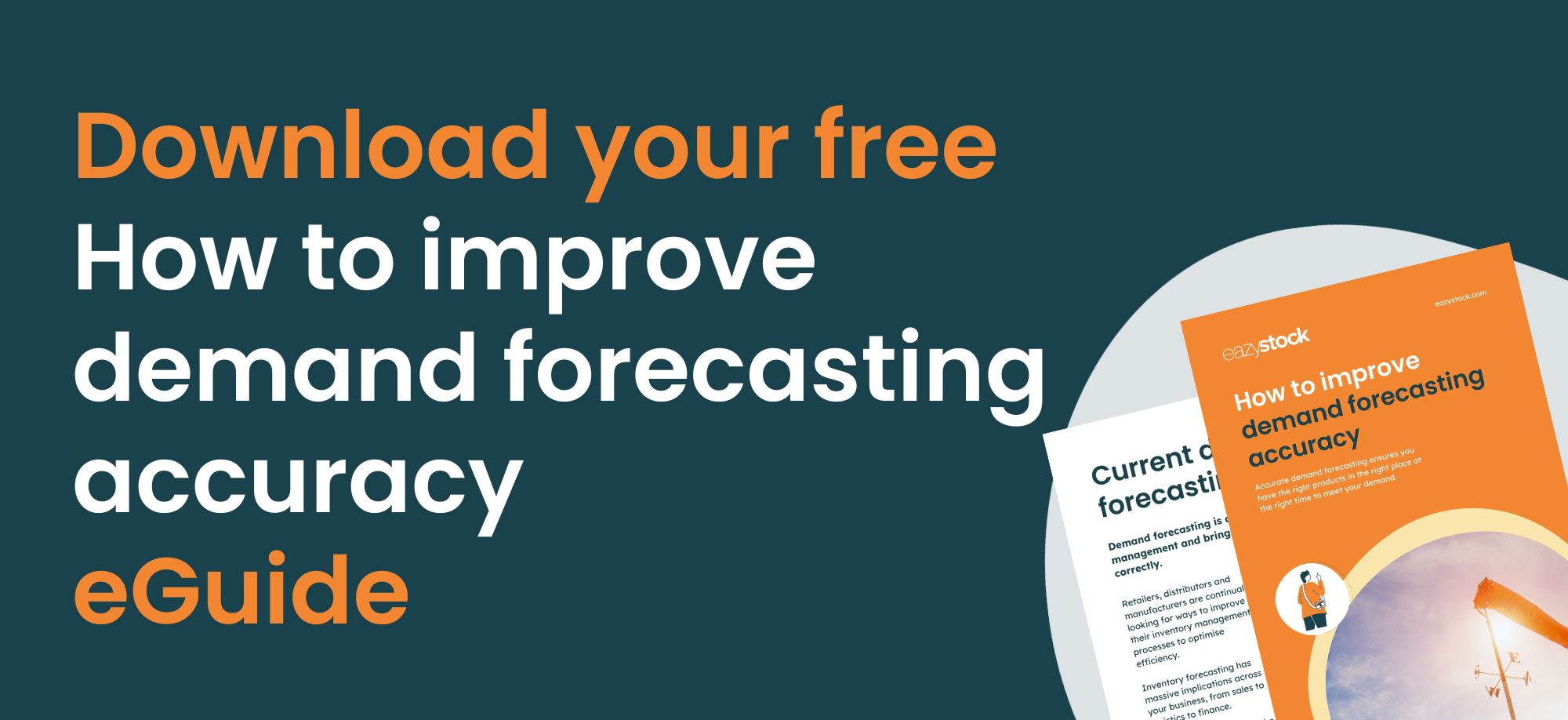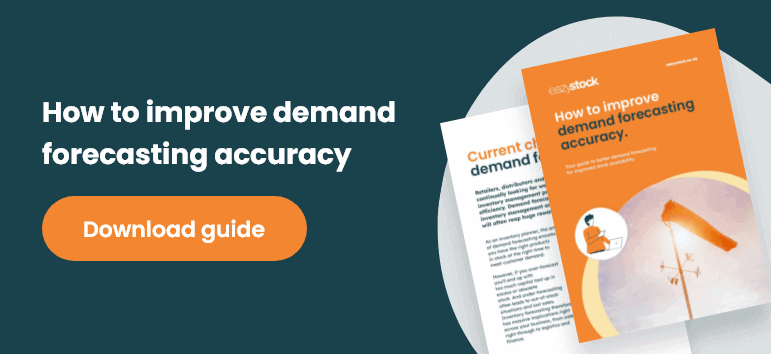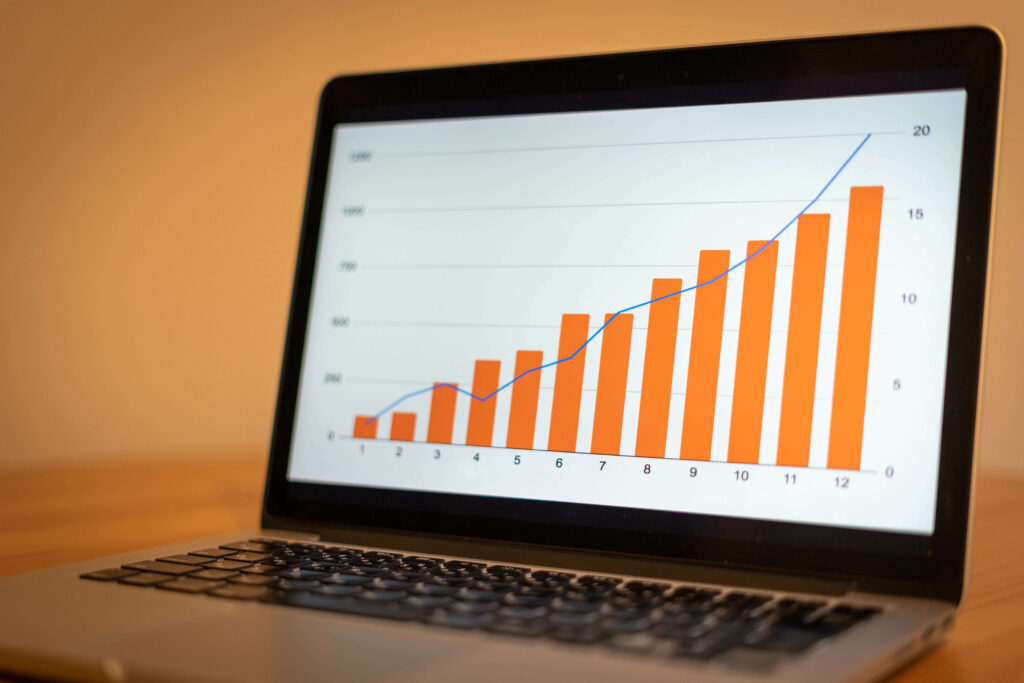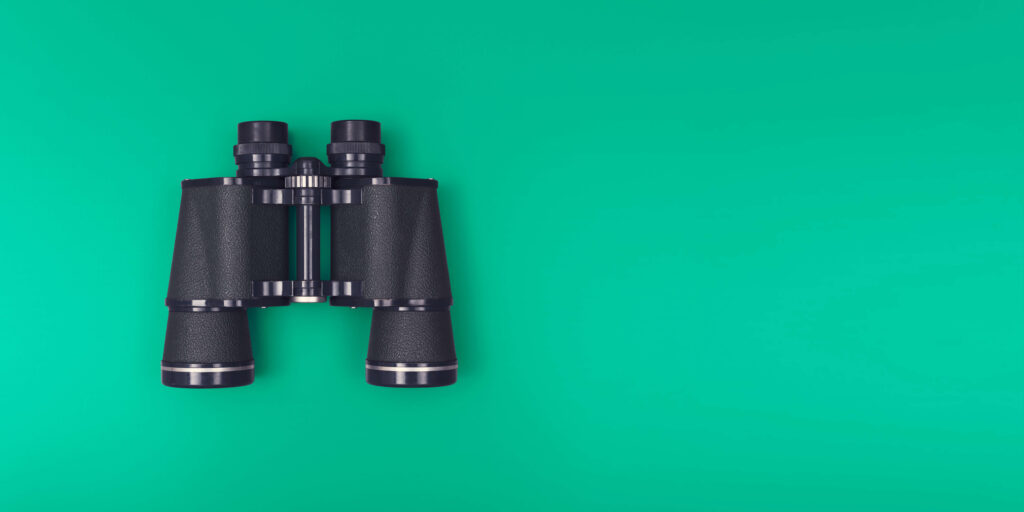An introduction to quantitative and qualitative demand forecasting models
What is demand forecasting?
Demand forecasting is the process of predicting future customer demand for your products to help with inventory management. This will feed into your demand planning strategy to ensure resources are allocated to efficiently and effectively meet customer demand.
Accurately forecasting customer demand allows businesses to make data-driven decisions to ensure they purchase stock that will sell. Any stock that doesn’t sell risks becoming dead stock and tying up money that could be used elsewhere. On the other hand, not buying enough stock to meet demand will result in lost sales, hitting the balance sheet and losing the company money.
Demand forecasting models
Whether you’re a manufacturer, wholesaler, or retailer, forecasting future demand or customer orders is the logical starting point of all business planning activity, including inventory purchasing. Therefore, choosing the right demand forecasting models to aid management decision-making is essential.
Accurate demand forecasting gives you control over your inventory, enabling you to optimize your inventory levels, improve fulfillment rates, and reduce carrying costs, which all directly impact your bottom line. Choosing the most appropriate inventory forecasting model can significantly improve forecasting accuracy, leading to more informed, data-driven business decisions.
Types of inventory forecasting models
There are two top-level inventory demand forecasting models to consider when calculating demand: the quantitative forecasting model and the qualitative forecasting model. Qualitative forecasting is generally based on subjective opinions, market research, and insights, whereas quantitative forecasting uses previous demand data or historical sales data in statistical calculations to predict the future.
Quantitative forecasting
Quantitative forecasting takes historical demand data and combines it with mathematical formulas to determine future performance. For this reason, it is also often called statistical demand forecasting. Data sets can go back decades, be run for the last calendar year, or be based on the previous few weeks’ consumption.
Quantitative forecasting models consider factors such as demand trends and seasonality to help make the predictions more accurate. They rely on having sufficient, good-quality data about the past to assess the future reasonably.
Time series analysis (Time series forecasting): Time series analysis is perhaps the most common statistical demand forecasting model. It examines patterns in past behavior over time to forecast future behavior. There are two main types used in quantitative forecasting:
Moving average forecasting: This takes a previous period’s demand data (e.g., four weeks of sales data) and calculates the average demand over that period (average sales per week), then uses this average as the forecast amount for the coming period.
Moving average forecasting has two drawbacks: it gives equal weight to each period and only considers data during the chosen period.
Exponential smoothing: This more advanced approach overcomes the problems above. Exponential smoothing looks at the actual demand of the current period and the forecast previously made for the current period. These observations are exponentially weighted to decrease over time to forecast the upcoming period.
Statistical forecasting using only historical consumption data works well if you sell or produce the same amount of each item in every period. If sales/usage fluctuates over a couple of periods, you will suffer from inaccurate forecasts that lead to either stock-outs or excess inventory.
While effective demand forecasting should consider demand trends, seasonality, and the product lifecycle stage of your stock items, doing so manually can be arduous and time-consuming. If you’re ready to elevate your statistical forecasting, it might be time to consider demand forecasting software. These tools can streamline your forecasting process, allowing you to focus on other critical aspects of your business.
Qualitative forecasting
Qualitative forecasting models are based on opinions, market research, experience, and – sometimes – best guesses.
With qualitative demand forecasting, predictions are based on expert knowledge of how the market works. These insights could come from one person or multiple people internally or externally to the business.
There are several qualitative forecasting methods:
Panel approach: this can be a panel of experts or employees from across a business, such as sales and marketing executives, who get together and act like a focus group, reviewing data and making recommendations. Although the outcome is likely to be more balanced than one person’s opinion, even experts can get it wrong!
Delphi approach (Delphi method): this involves crafting a questionnaire and sending it out to relevant experts (like customers and suppliers) who complete it. The results are analyzed and returned anonymously to the participants, who get to reconsider their original responses in light of other views and opinions until a final consensus is found. This more formal approach helps reduce influences from face-to-face meetings but could still include inherent bias from the experts chosen.
Scenario planning: this can be used to deal with situations with greater uncertainty or longer-range forecasts. A panel of experts is asked to devise a range of future scenarios, likely outcomes, and plans to achieve the most desirable outcome. For example, predicting the impact of a new sales promotion, estimating the effect a new technology may have on the marketplace, or considering the influence of social trends on future buying habits.
Which demand forecasting model is best?
You can gain a more comprehensive and confident perspective by incorporating both qualitative and quantitative demand forecasting techniques. For example, you might use a statistical moving average calculation that looks at historical sales data to establish your base demand forecast and see how demand for a product has changed (a quantitative forecasting approach).
If you see a trend forming, you could then use qualitative methods, such as a panel, interviews, or market research groups, to gain further understanding and discuss future market trends into the upcoming year.
If you find inventory forecasting challenging, contact the EazyStock team today. Our artificial-intelligence-powered demand forecasting software uses machine learning to give you advanced demand forecasting capabilities to enhance your day-to-day business operations quickly.










